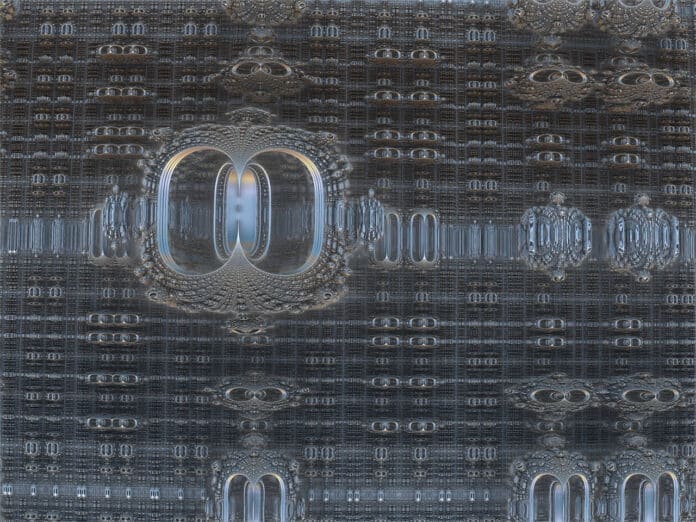Many different physicists interested in quantum mechanics to particle physics are interested in strange metals. One explanation is that, at least when exposed to extremely low temperatures, they have an abnormally high conductivity, which makes them possible superconductors for quantum computing.
Physicists at the University of Cincinnati are learning more about the bizarre behavior of “strange metals,” which operate outside the normal rules of electricity. In an international experiment, physicists used a strange metal made from an alloy of ytterbium. They then fired radioactive gamma rays at the peculiar metal to observe its unusual electrical behavior.
Hisao Kobayashi with the University of Hyogo and RIKEN said, “The idea is that in metal, you have a sea of electrons moving in the background on a lattice of ions. But a marvelous thing happens with quantum mechanics. You can forget about the complications of the lattice of ions. Instead, they behave as if they are in a vacuum.”
For years, theoretical physicist Yashar Komijani, an assistant professor at UC’s College of Arts and Sciences, has been exploring the mysteries of strange metals in relation to quantum mechanics.
He said, “You can put something in a black box, and I can tell you a lot about what’s inside it without even looking at it just by measuring things like resistivity, heat capacity, and conductivity.”
“But when it comes to strange metals, I have no idea why they are showing the behavior they do. Why does the charge fluctuate so slowly in a strongly correlated quantum system?”
Study co-author Piers Coleman, a distinguished professor at Rutgers University, said, “The thing that is exciting about these new results is that they provide a new insight into the inner machinery of the strange metal.”
“These metals provide the canvas for new forms of electronic matter — especially exotic and high-temperature superconductivity.”
“It’s too soon to speculate about what new technologies strange metals might inspire.”
“It is said that after Michael Faraday discovered electromagnetism, the British Chancellor William Gladstone asked what it would be good for. Faraday answered that while he didn’t know, he was sure that one day the government would tax it.”
“We feel a bit the same about the strange metal,” Coleman said. “Metals play such a central role today — copper, the archetypal conventional metal, is in all devices, all power lines, all around us.”
“Strange metals one day could be just as ubiquitous in our technology.”
“The big question about strange metals – is the origin of their scale invariance — their ‘quantum criticality.’While the experimentalists will try to replicate our results on other strange metals, our team at UC and Rutgers will try to fold our discovery into a new theory of the strange metals.”
Komijani said, “In Japan, they use a synchrotron like they have at CERN [the European Organization for Nuclear Research] that accelerates a proton and smashes it into a wall, and it emits a gamma ray. So they have an on-demand source of gamma rays without using radioactive material.”
Using spectroscopy, scientists studied the effects of gamma rays on the strange metal. They also examined the speed of the metal’s electrical charge fluctuations, which take just a nanosecond — a billionth of a second.
Komijani said, “However, in the quantum world, a nanosecond is an eternity. For a long time, we have been wondering why these fluctuations are so slow. We came up with a theory with collaborators that there might be vibrations of the lattice, and indeed that was the case.”
Journal Reference:
- Hisao Kobayashi et al. Observation of a critical charge mode in a strange metal. Science. DOI: 10.1126/science.abc4787
